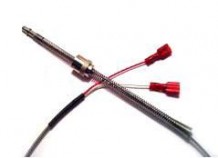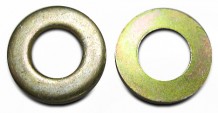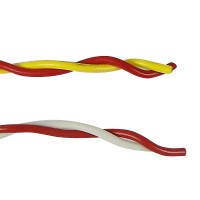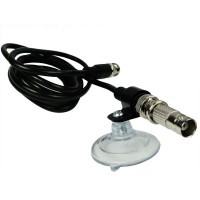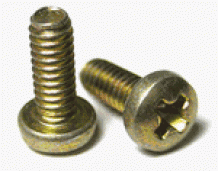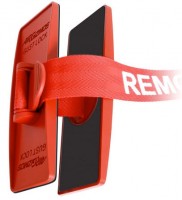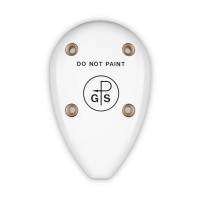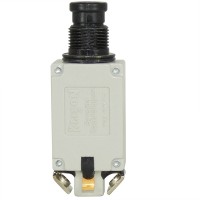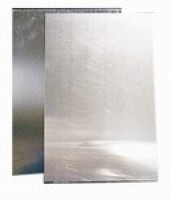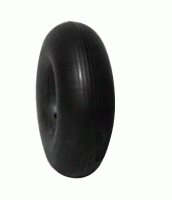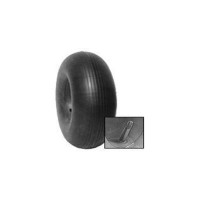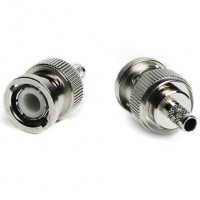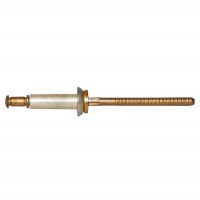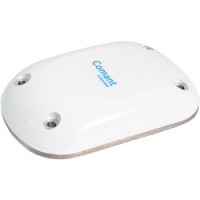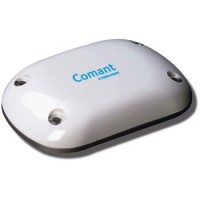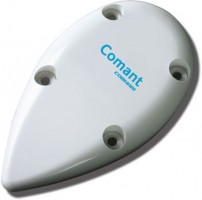Comant GPS Antenna CI-420-220
MFR Model# CI-420-220
Overview
|
Comantís ComDatģ stand-alone GPS antenna with TNC connector. Matches the popular teardrop footprint found on many general aviation aircraft and business jets. Meets RTCA DO 160D operating standards including direct effects lightning. Designed to operate with 26.5 dB panel mount GPS receivers. Certified FAA TSO-C144 for GPS and GPS WAAS Class Gamma 1 equipment. Not compliant for GPS WAAS Class Gamma 2 and 3 applications. Note: Comant Antennas no longer come with a gasket or a template. Must order PN 09-05579 separately. Not compatible with most portable GPS receiver systems. Applications Frequencies Covered |
WARNING: Cancer and Reproductive Harm - www.P65Warnings.ca.gov. |
Specifications
MODEL CI 420-220 | |
GPS Preamplifier Characteristics | |
Frequency | 1575.42 MHz |
VSWR | 1.5:1 Maximum |
Polarization | RHCP |
Radiation Pattern | Hemispherical |
Impedance | 50 Ohms |
Gain @ 1575.42 MHz | 26.5 - 31.5 dB Maximum |
DC Voltage | 4 - 24 Volts |
DC Current | 20 mA Minimum / 40 mA Maximum |
Noise Figure | 3.8 dB Maximum |
Selectivity | -35 dB Min. @ Satcom 1626.5 |
Burnout Protection | 30dBm / 1.0 CW Unmodulated |
Mechanical / Environmental | |
Speed / Altitude | 330 KIAS Maximum @ Sea Level |
Weight | 4.2 Oz. Maximum |
RTCA Environmental | DO-160D |
FAA TSO | C144 |
FAA MOPS | DO-228 |
Q&A
Please note, Aircraft Spruce's personnel are not certified aircraft mechanics and can only provide general support and ideas, which should not be relied upon or implemented in lieu of consulting an A&P or other qualified technician. Aircraft Spruce assumes no responsibility or liability for any issue or problem which may arise from any repair, modification or other work done from this knowledge base. Any product eligibility information provided here is based on general application guides and we recommend always referring to your specific aircraft parts manual, the parts manufacturer or consulting with a qualified mechanic.


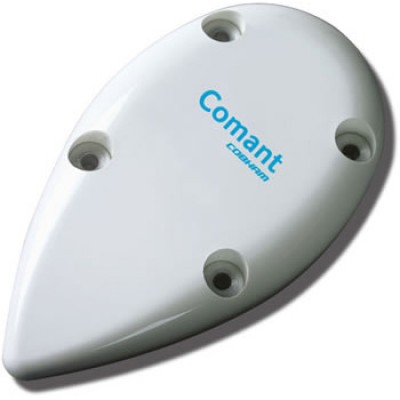





 FREE Shipping
FREE Shipping



